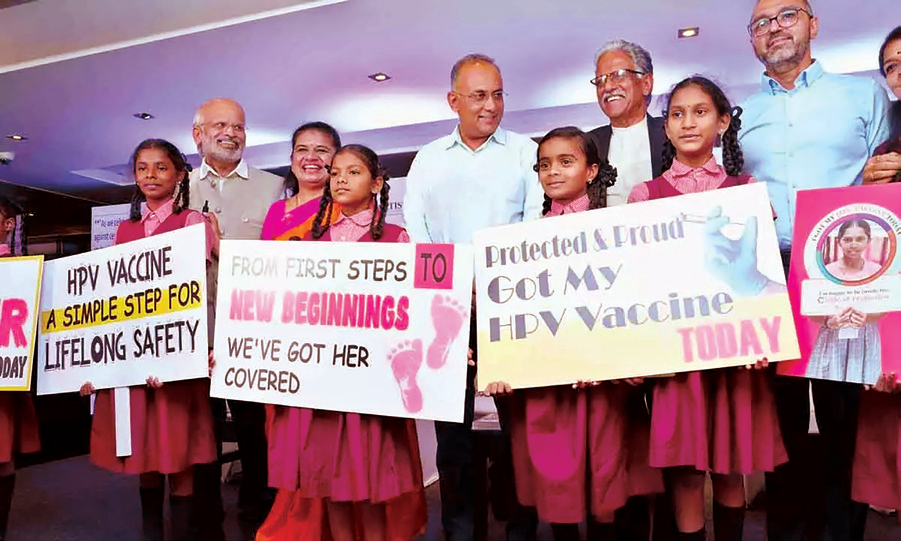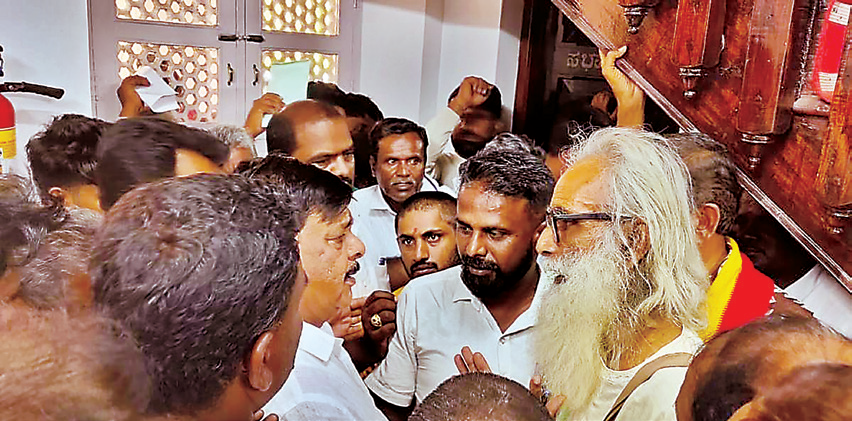
Anaemia turns out to be big scourge for kids
By Rachana Ramesh | NT
Bengaluru: The latest National Family Health Survey (NHSF-5) has revealed that 66 percent of children in Karnataka are anaemic.
In the previous NFHS data, released in 2016, the percentage of anaemic children in the state was 61.
The survey shows anaemia continues to be a major health problem in Karnataka.
The survey throws further light into the issue. Two-thirds of children aged 6-59 months are anaemic. This includes 28 percent who are mildly anaemic, 35 percent who are moderately anaemic, and 3 percent who have severe anaemia. There is not much difference in the prevalence of anaemia among girls (65%) and boys (67%).
Anaemia is a condition that is marked by low levels of haemoglobin in the blood. Iron deficiency is estimated to be responsible for about half of all anaemia globally. It can also be caused by malaria, hookworms and other helminths, other nutritional deficiencies, chronic infections and genetic conditions.
“Poor dietary patterns are the main cause of anaemia. Children and adolescents eat more junk food than iron-rich food, especially green leaf vegetables,” said Dr Anwith H S, Department of Community Medicine, Kempegowda Institute of Medical Sciences (KIMS).
But Dr Shivaswamy M S, professor and head of the department of community medicine, Jawaharlal Nehru Medical College at Belagavi, has a different take on it. He said the closing of Anganawadis during Covid-19 has affected more children.
“Covid has increased hunger across the state. The closing of anganwadis and preschools has caused a nutritional shortage among children. Most children from poor backgrounds rely on the midday meal scheme to fulfil their nutritional needs. Premature births in rural areas is also another reason for increasing anaemia cases,” he said.
The supply of weekly iron and folic acid supplements in government schools was also stopped as the schools were shut due to the pandemic. This has especially left girl children susceptible to anaemia. “Working parents in urban slums find it difficult to look into the nutritional needs of their children. The government must strengthen the anganwadis and preschools in and around these areas to provide additional support,” said Shivaswamy.
Forty-eight percent of women in Karnataka have anaemia of which 22 percent have mild anaemia, 23 percent have moderate anaemia, and 3 percent have severe anaemia. It is particularly high among rural women and scheduled caste women, but at least two-fifths of women in every group have anaemia. Anaemia among women has slightly increased by 3 percentage points since NFHS-4.
Anwith said long-standing anaemia will affect the growth, development and mental status. “Eventually, it might also affect the functioning of the heart,” he said.
 English daily published in Bengaluru & Doha
English daily published in Bengaluru & Doha






